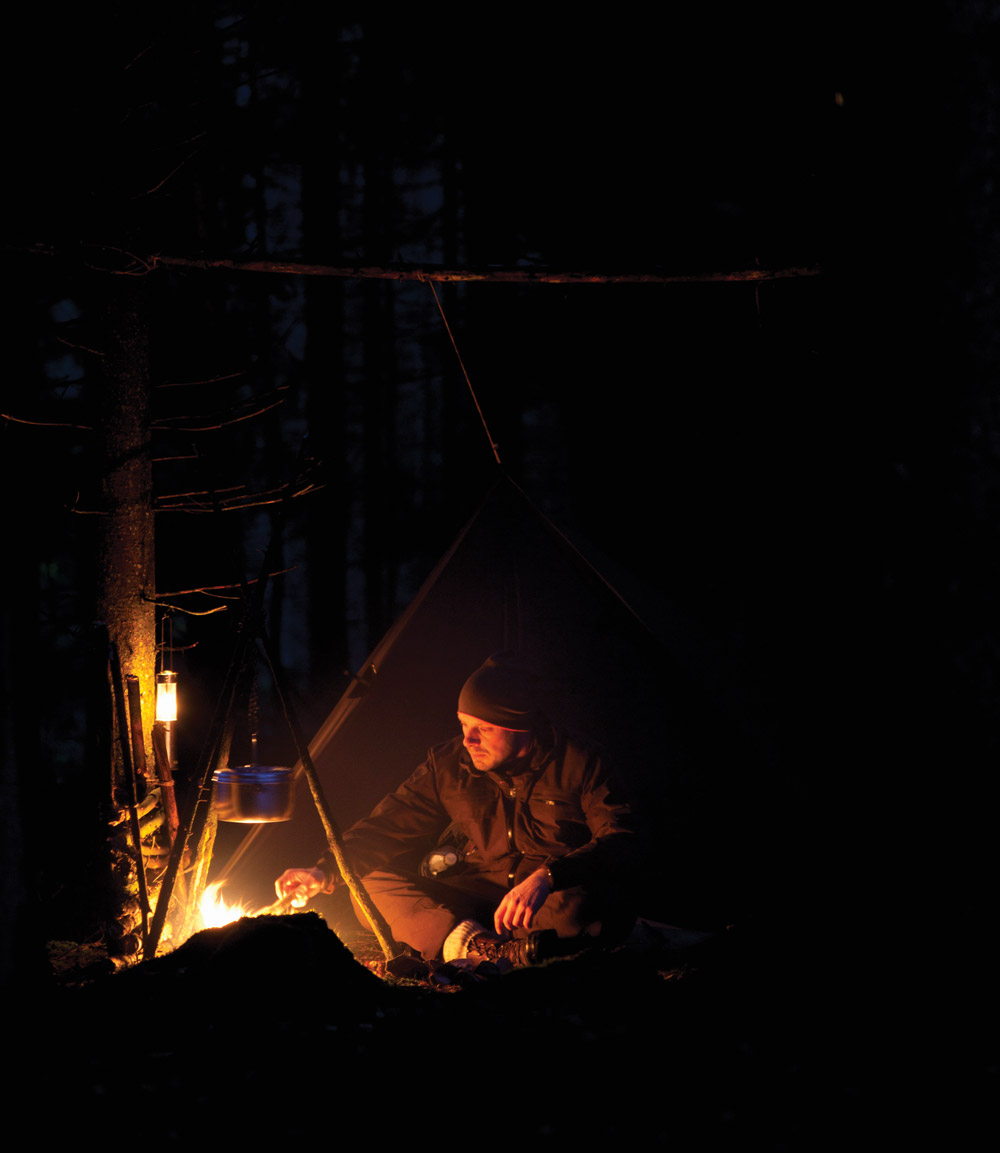Fire; it’s a beautiful thing. It can purify water, cook meat, sterilize, cauterize, provide lifesaving heat and light up the darkest night.
Our mastery of this element is one of the things that separate us from our primate cousins. Yet, for most of us, without a lighter or matches, fire-starting might as well be alien technology, because the ability to produce it on demand is not a skill set most people have.
What is fire? It seems simple enough: It’s just a concoction of heat, oxygen and fuel. So, why did it take humans so long to master it, and why is it that even today, most humans still have no idea how to produce it in the absence of a mechanical instrument designed to do so by a relatively few number of people on this Earth?
Well, to begin with, the conditions to make fire have to be just right, or it simply won’t happen. Anyone who has ever tried to master the bow drill or the pump drill can tell you that.

When it comes to fire, my rule of the “7 Ps” stands true more than ever—and that is, “Proper Prior Planning Prevents Piss-Poor Performance.” The worst situation you can find yourself in when it comes to firecraft is having no available combustion-enhancing devices and having to try to use manual friction, such as rubbing two sticks together, to eventually make an ember you can finesse into a flame. That said, if you do find yourself in this dire situation, technique and proper materials will certainly make the difference between frustrating failure and triumphantly warm success.
One of the key factors in making fire using a friction method is wood selection. You want to either use a combination of a hardwood and softwood or a hardwood and hardwood to create friction. One key point to remember is that you should try to avoid woods with a high resin content, such as cedars and pines.
It is also wise to avoid trees that produce high concentrations of natural oils, such as birch. Hickory, white oak, elm and other similar woods work quite well for friction fire-starting tools.
Once you have the right materials, it’s all about getting your technique down to a science. And, as I’ve said many times before, the time to work on a survival skill is not after an emergency situation has commenced.
While friction fire will probably not be number one on your list of go-to methods for starting a fire, it is the most skill intensive, so it should not be ignored when you are managing your survival training priorities.
Because you are a squared-away student of survival, you will have a fire kit with lots of alternative fire-starting devices that give you the best chance of getting a flame going when you need it the most.
There are a few things that no fire kit should be without. Less obvious than a good lighter and waterproof, strike-anywhere matches are fatwood shavings (“lighter knot”). I find that these work great at taking a flame, even in inclement weather. In addition, I always have a bar of magnesium and a ferrocerium rod. I prefer to pre-shave a small pile of thin slivers of magnesium onto a square of duct tape, which I then roll up and keep for when I’m ready to strike a spark and start my fire.
I also keep a fire piston in my fire kit. A few chunks of solid fuel in a small plastic bag, along with some cotton wadding saturated on one side with petroleum jelly and the other covered in wax, also make a nice addition to any fire-starting kit. Dryer lint, char cloth, jute twine, a magnifying glass, compressed cotton wads and, space permitting, a road flare with the tip sealed with a layer of wax round out a dependable fire kit.
Don’t be just another monkey with a lighter—get out there and learn how to make fire today so that when the time comes, you will be more than ready to provide this amazing and life-saving resource for yourself and the people you care about.
Editor’s note: A version of this article first appeared in the March, 2018 print issue of American Survival Guide.


